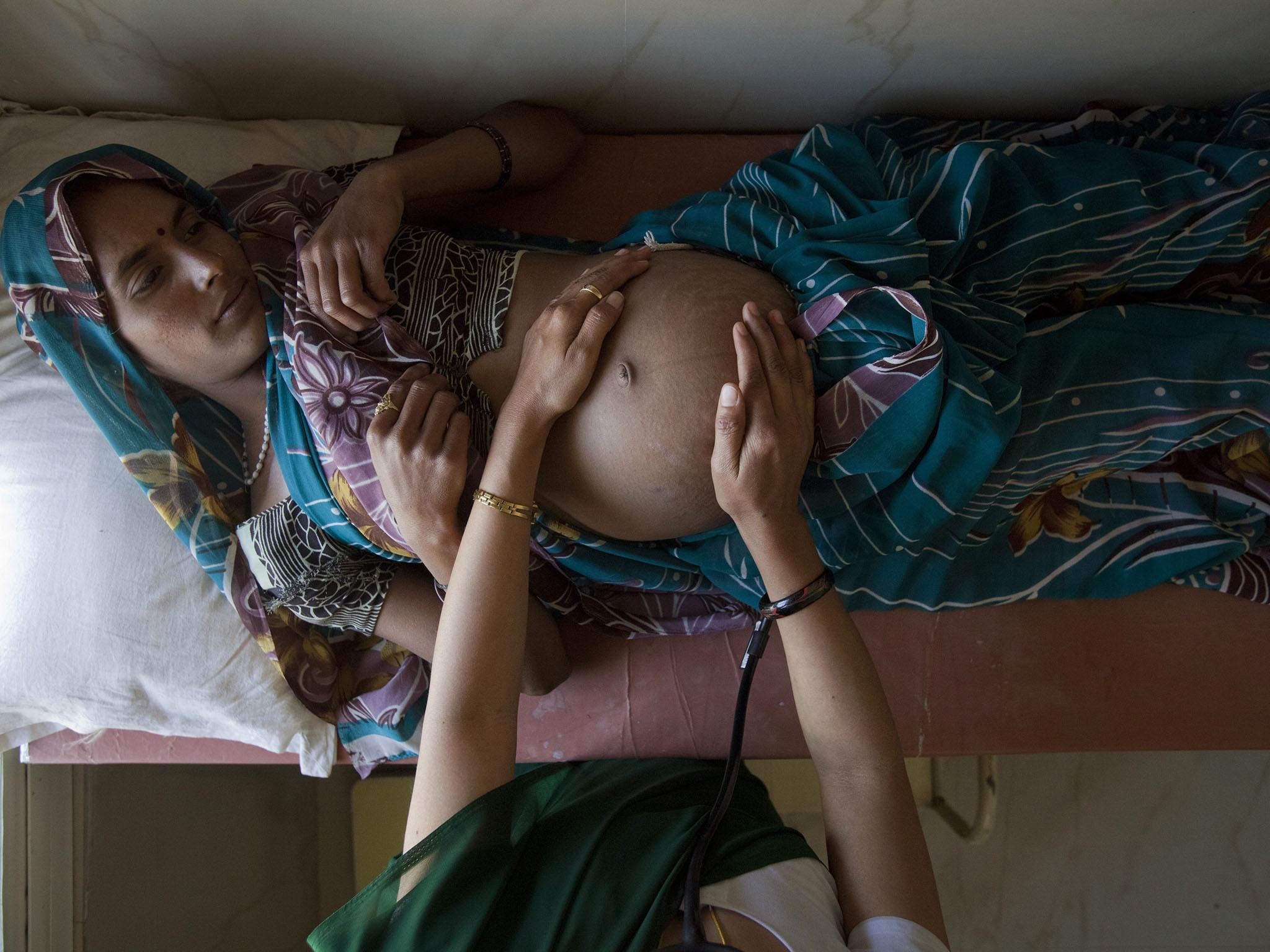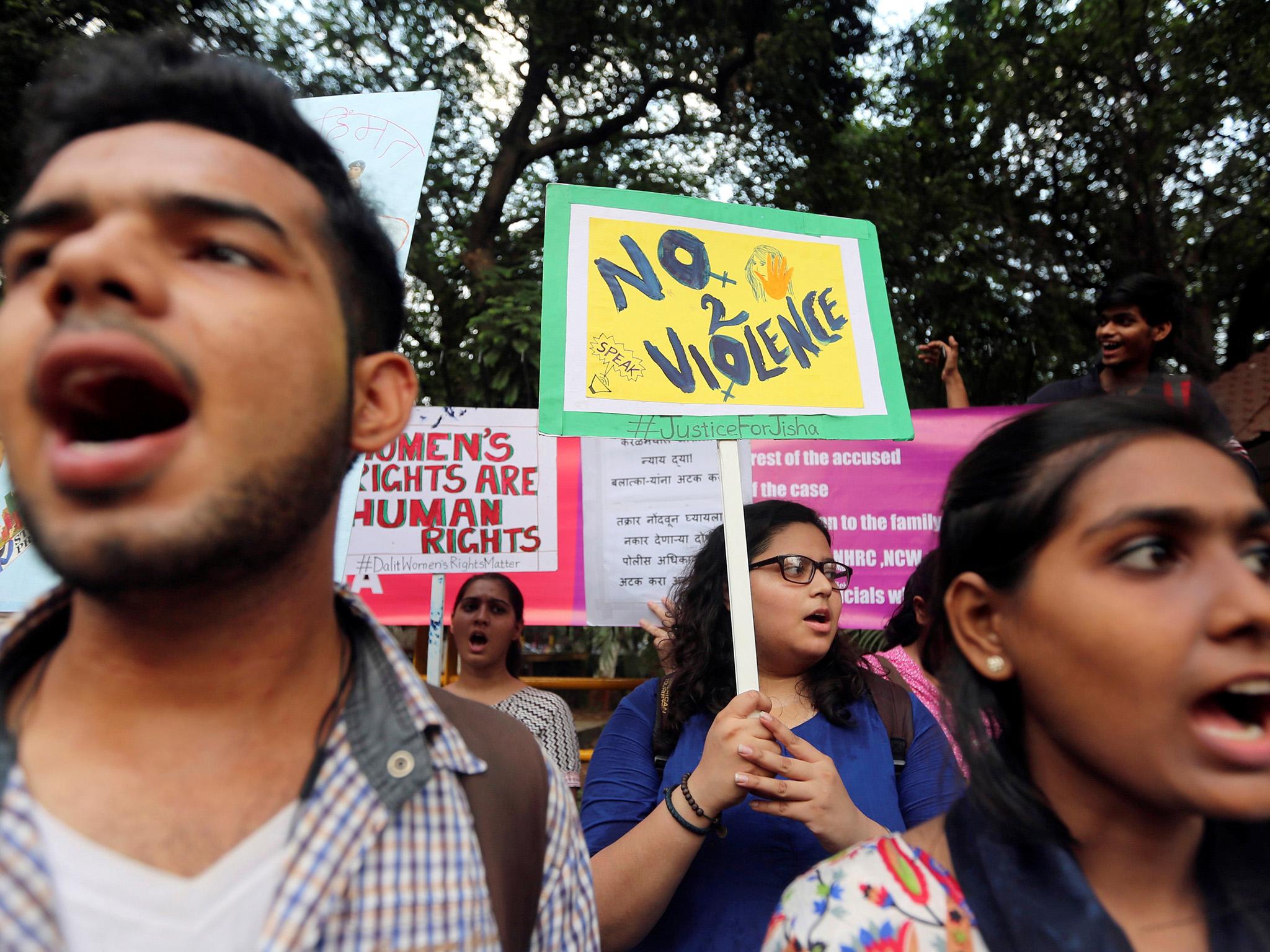India, domestic violence and child mortality rates
It’s not just a lack of access to healthcare that causes child mortality

Your support helps us to tell the story
From reproductive rights to climate change to Big Tech, The Independent is on the ground when the story is developing. Whether it's investigating the financials of Elon Musk's pro-Trump PAC or producing our latest documentary, 'The A Word', which shines a light on the American women fighting for reproductive rights, we know how important it is to parse out the facts from the messaging.
At such a critical moment in US history, we need reporters on the ground. Your donation allows us to keep sending journalists to speak to both sides of the story.
The Independent is trusted by Americans across the entire political spectrum. And unlike many other quality news outlets, we choose not to lock Americans out of our reporting and analysis with paywalls. We believe quality journalism should be available to everyone, paid for by those who can afford it.
Your support makes all the difference.There were 1.3 million deaths of children under five in India in 2013 – accounting for one fifth of global child mortality. While access to health care plays a large part in these individual tragedies, other factors such as domestic violence also have a significant impact.
My new research has shown that nearly one in ten child deaths under the age of one in India can be attributed to domestic violence against the mother during the marriage. To stop this, domestic violence against women must be dramatically reduced, and women treated more equally in India – both in public and at home.
India has established several programmes aimed at reducing the number of young children who die in recent years. These rely on equitable health care and improved access to public health services with a distinct focus on births in rural and poor households. Yet, in spite of these programmes and of making considerable advances, UN data suggests India is likely to miss its Millennium Development Goal to reduce the child mortality rate to 42 per 1,000 live births by the end of 2015.
My study used India’s 2007 National Family and Health Survey which interviewed 124,385 women between 16-49 years of age. My statistical analysis based on this survey indicates that nearly one in ten deaths before the age of one – 8.9 per cent of infant deaths – could be attributed to domestic violence against the mother during the marriage.
According to the World Health Organisation, around 30 per cent of women around the world report experiencing violence from their partner. Domestic violence can cause child death in several ways. This could be in the form of blunt physical trauma or through the resulting loss of women’s autonomy, which often restricts their movement and thus limits access to adequate health care. Victims of violence also have higher levels of psychological stress which is associated with low birth weight or pre-term delivery, which are risk factors for child death.
In my analysis, I did not find this link between domestic violence and child mortality in rich households but the link is almost double – 17.5 per cent of infant deaths – in rural households. The effect is also higher in baby girls as opposed to baby boys suggesting that girls are particularly vulnerable to the negative effect of domestic violence. Improving absolute levels of gender equality could save the lives of young girls and be key to improving India’s askew child sex ratio: in the 2011 census there were only 918 girls per 1,000 boys.

India’s Ministry of Women and Child Development and several national and international development organisations have rightly recognised and invested in initiatives to enhance the social and economic empowerment of women. While such schemes, including financial grants to enable girls to continue studying in secondary education, are very welcome, empowering women alone is not enough. Power dynamics within the relationship and within the home are likely to be just as important, if not more, and lasting change requires the cooperation of all household members.
Although most societies look down upon domestic violence, in India it is often endorsed under the guise of cultural practises, collective norms or religious beliefs. Indian families tend to view marriage as a private affair, much like the law did before the 2005 Protection of Women from Domestic Violence Act. Before this law, there was little legal respite for a victim of domestic violence. Even to this day, marital rape is not covered by the Act.
Fortunately, there are an increasing number of women – and men – who have taken part in civil rights movements in India aimed at changing public opinion towards violence against women.
Curbing domestic abuse would have major benefits not just for the health of mothers: it could lower child mortality rates and reduce violence within wider society. Government initiatives aimed at improving gender equality will be helpful in achieving this, but fundamentally Indians need to reassess how their society values women in general.
Arguably, a healthy family is more likely to prosper in India’s new ultra-competitive economy. The growing stigmatisation of violence against women in India may impair social standing for those who do not refrain from it. Perhaps these two incentives will help bring it to an end.
This article was originally published on The Conversation (www.conversation.com). Seetha Menon is a PhD candidate at the University of Essex
Join our commenting forum
Join thought-provoking conversations, follow other Independent readers and see their replies
Comments